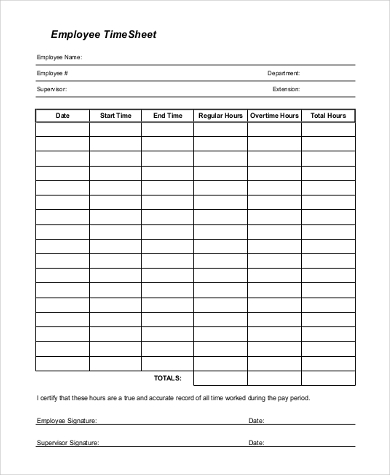
But if this fails, an Employment Tribunal will hear the case and decide if a breach has occurred. Often, mediation will take place before legal action. If an employer does not provide work for the number of hours stated in an employee’s contract (or they cannot pay them for these hours), then they could face an Employment Tribunal. What happens when such hours are not being paid?Ī contract of employment is legally binding for both parties. Any changes to either of these should see the contract amended and reissued to the employee.Īn employee contract should also detail rates of pay and include details of holiday entitlement and sickness pay. The contract must include not only the number of hours worked, but the days they expect an employee to work too.

What is ACAS’s recommendation?ĪCAS states that an employee’s working hours should be clearly stated in their contract. Other times, overtime will be optional and may even be incentivized in some way. Some contracts will include mandatory overtime meaning an employee must work extra hours in certain situations. And working overtime can increase the number. Things like holidays and sickness can reduce the number of actual worked hours. In reality, this may not be the number of hours they actually work. What is the difference between contracted hours & actual hours?Ĭontracted hours, as discussed, are the hours an employer must provide to an employee. They may also lead to a business being taken to an Employment Tribunal.

If an employer cannot provide them with work for these hours, then they too could be in breach of the employee’s contract.īreaches of contracted hours can lead to dismissal for an employee. If they cannot work this number of hours, then they could be in breach of their contract. From an employer’s perspective, these are the number of hours that they must provide work for an employee to undertake.įor example, if an employee’s contract states that they must work 35 hours a week, then they must have the opportunity to work 35 hours. In simple terms, the contracted hours of an employee are the hours that they must work each week. What is the meaning of contracted hours in the UK? In this guide, we will explain exactly what it means, as well as how they compare to actual worked hours. With shift patterns changing and over time adding to the hours worked, knowing what your contract says you must work can be difficult.īut never fear. As an employee, it can be even trickier to figure out the number of hours you should be working. If you don't want to use a conversion calculator (like the one above), another basic tool is a decimal conversion chart. When you have to turn, say, 17 hours and 25 minutes in decimals, you can easily check the conversion table and see that this equals 17.42 hours.Understanding the contracted hours of your employees can be difficult. Manually converting employee hours and minutes to decimal values (hundredths) is time-consuming and prone to errors. Minutes to Decimals Time Conversion Chart To get her net pay, you'll have to factor in deductions and taxes. Melanie’s weekly pay based on her total hours is then: 37.7 hours x $15 = $565.50 This means that 37 hours and 42 minutes convert to 37.7 hours in decimal time. Then you have to add the converted minutes to the hours: 37 + 0.7 = 37.7 The correct calculation is thus: 42 minutes/60 = 0.7 You have to convert minutes into decimals. This is wrong since, once again, an hour is made up of 60 minutes, and not 100.

However, if you take 37 hours and 42 minutes as they are, you would get 37.42. Then you need to multiply the number of hours she worked by her hourly rate to determine her weekly total pay. The hourly rate that she receives is $15.įirst, you have to take the information from her weekly time card or timesheet that contains her clock-in and clock-out times (ee timecard templates here). This week she has worked 37 hours and 42 minutes (and no overtime hours). It is also essential for keeping track of lunch breaks, general break time, overtime pay, and holidays. This is crucial for hourly staff members, who are often non-exempt employees. You need to convert time into decimal numbers to figure out your employees' exact pay rate. Why? Because one hour contains 60 minutes, and not 100. But hours and minutes aren’t directly equal to money owed. Usually you get records of employees’ time worked in hours and minutes.

Wait…so why do I need time clock conversion?


 0 kommentar(er)
0 kommentar(er)
